To say the least, Anna Badkhen is a wanderer.
From the edges of Mexico to the villages of war-torn Afghanistan, the West Philly-based Badkhen has roamed the earth, searching for those societies in extremis—those people living in the farthest reaches. It’s often there, in those outlying regions, where she finds a fuller picture of life: of communities surviving in areas unheeded by the contemporary world.
As a journalist and writer by trade, Badkhen has written four books and countless articles about people in extremis, translating her experiences and their realities into exceptionally woven and affected stories. And now, Badkhen has launched an Indiegogo campaign to help fund her latest book, Walking with Abel (Riverhead Books), which will publish next year.
Donations to Badkhen’s campaign, which closes on March 8, will help fund the completion of the Walking with Abel manuscript. The book tells a nomadic Fulani family’s story of “survival, perseverance and adaptation” living in the Sahel region of Mali in Western Africa, where Badkhen spent much of 2013. Ultimately, says her campaign site, the fundraiser will “make truly communal the book that explores the mega-narrative of all of our human migrations, our ancestral restlessness, our shared hejiras.”
When West Philly Local asked Badkhen about what made this trip truly unique, she replied:
“‘Where are you from?’ My hosts in an Afghan village would ask, my hosts on a farm in Western Iraq, in the velvet mountains of Indian Kashmir, in the snakepit dugouts of Azeri refugee camps. I had grown up in a country that no longer existed, in a city that since had changed its name: Leningrad, USSR. I had moved away, and moved again, and again. My point of departure was never the same: Moscow, Massachusetts, Philadelphia. It made for relatively effortless travel. It made for uncomfortable silences, odd hesitations.
The Fulani ‘are regarded everywhere as ‘the other’ or ‘the stranger,’ writes the Dutch anthropologist Mirjam De Bruijn. ‘They are always the people who come from far away.’ They were hereditary outsiders who appropriated all the space their cows required at any given time but never more than that. The Fulani never asked me where my home was.”
–Annamarya Scaccia

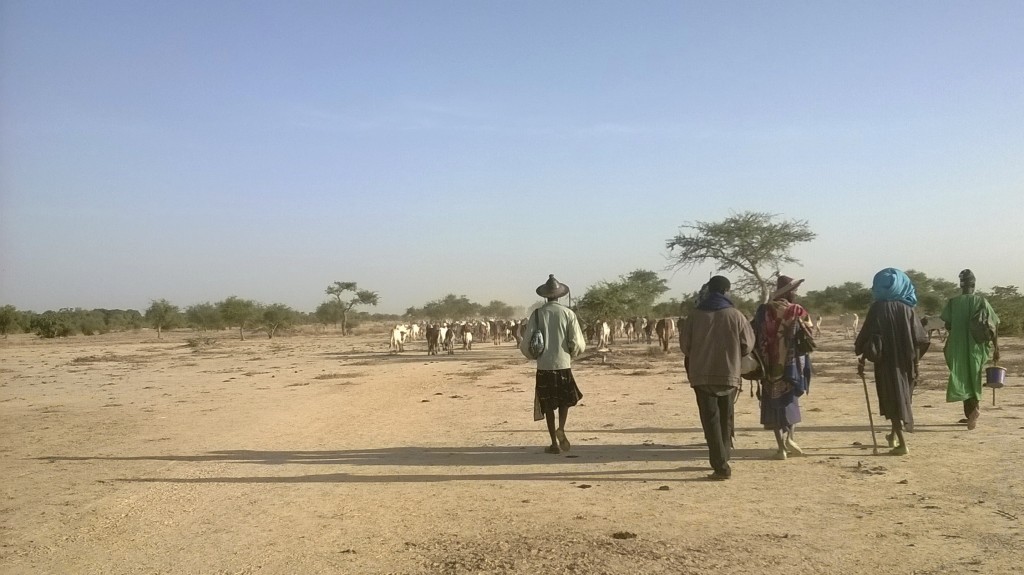

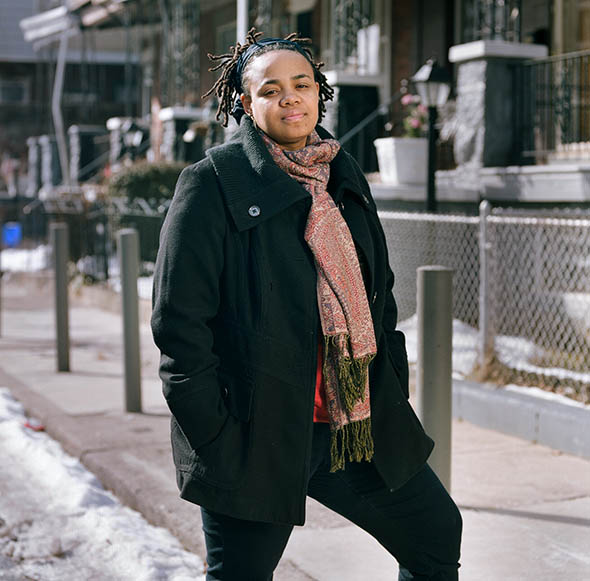

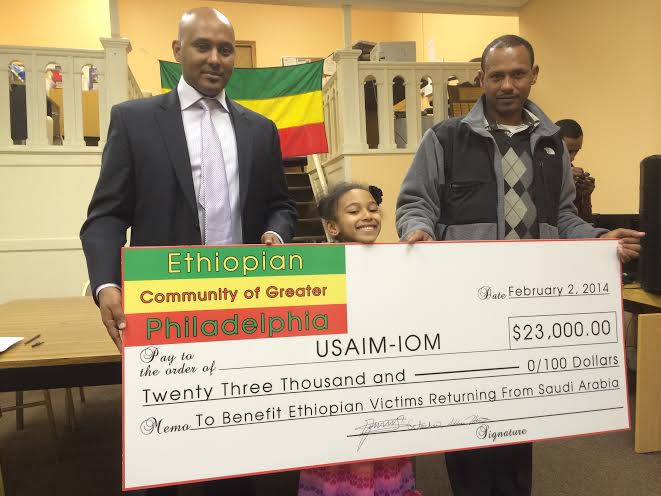
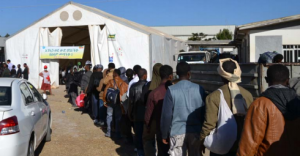
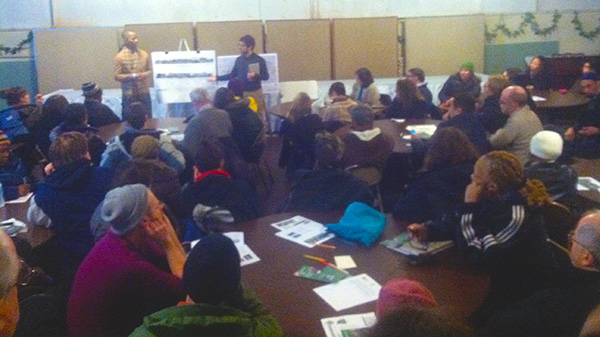





Recent Comments